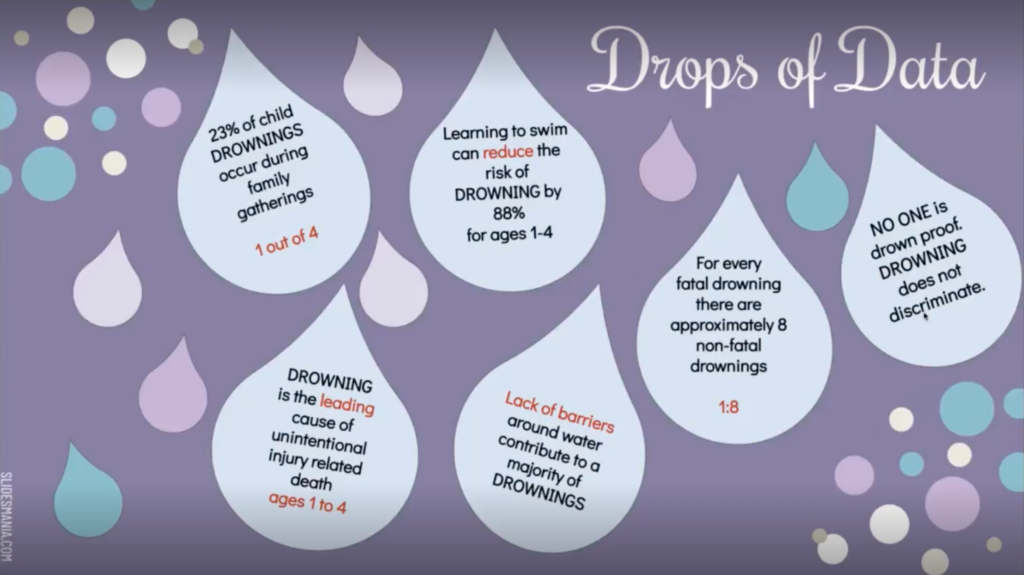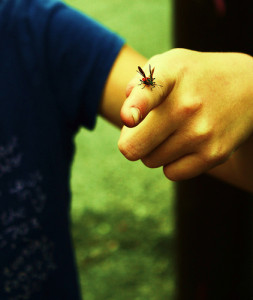
When hot summer weather hits, the pool and beaches are popular places to cool off. Allowing children to enjoy the water safely is extremely important. We have compiled some information to help host parents and au pairs when supervising children around water.
Here are some quick facts that you may find surprising…

Image from our webinar with Colin’s Hope
Au Pair in America recently hosted a Water Safety Webinar for parents and au pairs with special guests from Colin’s Hope, a non-profit organization dedicated to keeping kids safer around the water. You can watch the webinar recording below.
When multiple adults are with children at the beach or pool, it is important to designate a specific person to watch the children.
If that designated adult must leave the beach/pool area, they should tell another adult so that person can take over supervising children.
Never assume that someone else is watching the children.
More Water Safety Tips
- Never leave a child unattended near water.
- Drowning is silent; keep your eyes on the children at all times.
- Never be more than an arm’s length away if in the pool with a young child.
- Make sure the fence around the pool is closed properly.
- If you have an above-ground pool, remove the ladder when not in use.
- Swim at the beach or lake only when a lifeguard is on duty.
- Teach young children to swim and consider taking a water safety course for caregivers.
- If boating, always wear a Coast Guard-approved life jacket.
- Keep a phone close by in case there is an emergency, but stay off your cell phone to avoid distractions.
- If you leave the area for any reason, the kids go with you.
Here is a video with info on how to spot when someone is in trouble in the water.
CONTEST: What is your favorite place to enjoy the water: the beach or the pool? The first au pair in our cluster to message Christine or Lisa with their answer to this question will win a $10 Target gift card.
Photo: Au Pair in America

 A treasured fall/Halloween tradition in the United States is pumpkin carving or making “jack-o’-lanterns”. Whether this is your first time decorating a pumpkin or you are a seasoned pro, these videos have a few tips and ideas you may find helpful.
A treasured fall/Halloween tradition in the United States is pumpkin carving or making “jack-o’-lanterns”. Whether this is your first time decorating a pumpkin or you are a seasoned pro, these videos have a few tips and ideas you may find helpful.

















